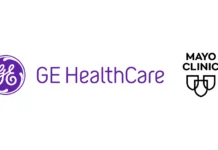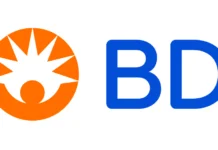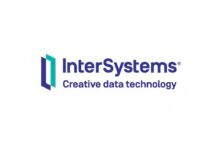The government has relied on simple P&R tools to contain rising healthcare costs and provide a reasonable level of healthcare. However, factors such as a healthier elderly population are masking healthcare system inefficiencies, boosting healthcare costs and increasing the focus on cost containment. Although the rise in drug spending is slowing down, it remains a visible cost containment target.
Scope of this report
* Overview of the Japanese healthcare system, detailing trends shaping healthcare provision including how P&R fits in
* In-depth analysis of the Japanese P&R infrastructure, examining how P&R tools are used to contain costs
* Examination of macro trends shaping healthcare provision and the P&R environment
* Identification of future trends shaping P&R tool use and healthcare evolution in Japan
Research and analysis highlights
Over the last decade, biennial drug price cuts and increasing patient co-payment levels have been the key tools used to contain pharmaceutical expenditure.
In the future, a range of factors will impact the P&R environment, including greater generic uptake, the wider adoption of a prospective payment reimbursement system, and determining a solution to providing the elderly with adequate yet cost effective healthcare provision.
A range of macro trends are also impacting drug prescription and P&R, including: rising healthcare costs as a result of system inefficiencies, the fact that innovation is neither well-cultivated by Japanese drug developers nor well-rewarded by the Japanese government, and lastly the effects of an ageing population combined with a stagnant economy.
Key reasons to read this report
* Gain a clear understanding of the healthcare market dynamics and factors influencing healthcare provision in Japan
* Understand the role of different P&R tools in healthcare cost containment in Japan
* Gain insight into how P&R and more global macro trends are set to shape healthcare provision in the future.

















